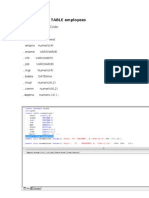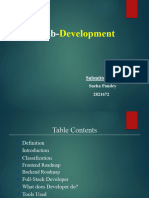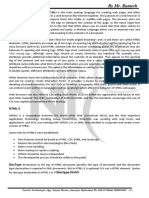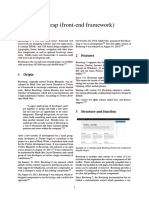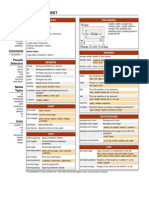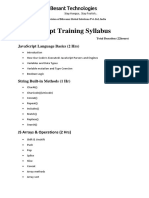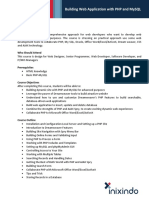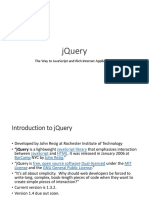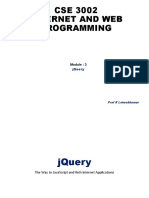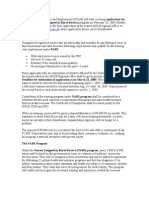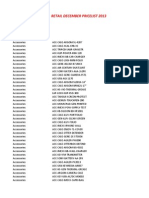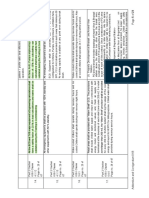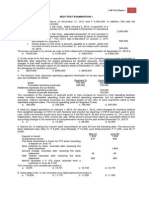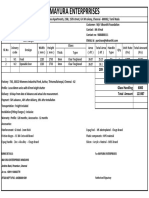100% found this document useful (2 votes)
1K views30 pagesIntroduction To Jquery
An introduction to jQuery aimed at Java developers. Covers selectors (CSS, XPath, and method based), manipulation, animation and ajax with jquery. Also has a very short introduction to jquery plugin-writing.
Uploaded by
morticedCopyright
© Attribution Non-Commercial (BY-NC)
We take content rights seriously. If you suspect this is your content, claim it here.
Available Formats
Download as PPTX, PDF, TXT or read online on Scribd
100% found this document useful (2 votes)
1K views30 pagesIntroduction To Jquery
An introduction to jQuery aimed at Java developers. Covers selectors (CSS, XPath, and method based), manipulation, animation and ajax with jquery. Also has a very short introduction to jquery plugin-writing.
Uploaded by
morticedCopyright
© Attribution Non-Commercial (BY-NC)
We take content rights seriously. If you suspect this is your content, claim it here.
Available Formats
Download as PPTX, PDF, TXT or read online on Scribd
/ 30

